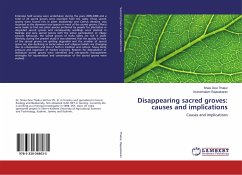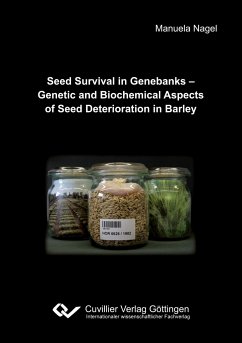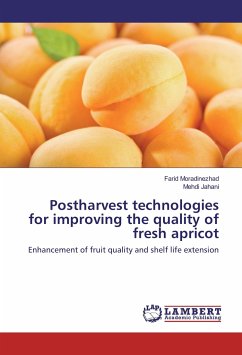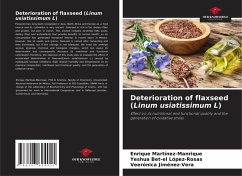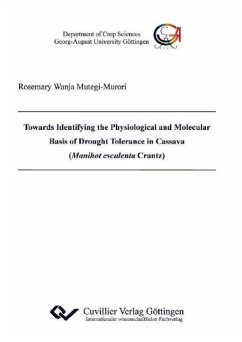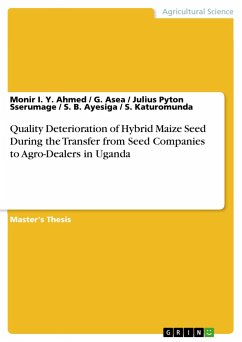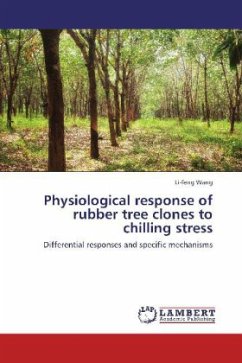
Postharvest Physiological Deterioration of Cassava roots: New Insights
Metabolomics, Enzymatic, Histological, and Chemometric Approaches
Versandkostenfrei!
Versandfertig in 6-10 Tagen
36,99 €
inkl. MwSt.

PAYBACK Punkte
18 °P sammeln!
Since the onset of the food crisis, there has been a change in development priorities, bringing an increased focus on agriculture and a renewed interest in the reduction of postharvest losses as a means of increasing food availability. Once harvested, cassava root is highly perishable and the rapid postharvest deterioration restricts its storage potential to two to three days. As storage of roots is rare, the most common and sensible way to minimize losses is to consume or process them as soon as possible after harvesting. Unfortunately, this does not always happen and signi_cant amount of roo...
Since the onset of the food crisis, there has been a change in development priorities, bringing an increased focus on agriculture and a renewed interest in the reduction of postharvest losses as a means of increasing food availability. Once harvested, cassava root is highly perishable and the rapid postharvest deterioration restricts its storage potential to two to three days. As storage of roots is rare, the most common and sensible way to minimize losses is to consume or process them as soon as possible after harvesting. Unfortunately, this does not always happen and signi_cant amount of roots spoil. These losses have a broad range of negative impacts such as loss of income and food intake and represent an obstacle for transforming cassava from subsistence to a cash crop. This book, therefore, provides new insights related to biochemical changes during cassava postharvest physiological deterioration. Biochemical, enzymatic, histological and Chemometric approaches are used. The analysis should help shed light to agronomists, plant breeders, biochemists, biologists or anyone else interested in developing new cassava cultivars with prolonged shelf-life.



